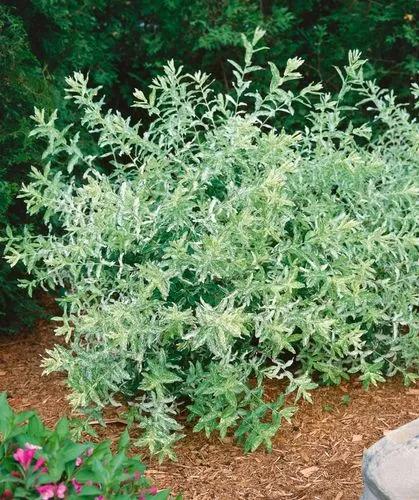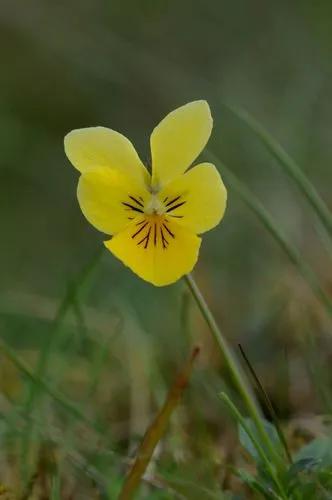a genus of herbaceous plants of the Cabbage family (Brassicaceae).
Iberis Pinnata Care
Iberis pinnata



annual species 15-20 cm high with feathery leaves and fragrant white flowers appearing in summer.Herbs or semi-shrubs with umbellate racemes of flowers, which are rare among kestocytes. The leaves are simple. Sepals are spaced apart, not saccular. The petals are white, pink or lilac, both external are strongly enlarged (corolla is zygomorphic). The filaments of the stamens are simple, free. On both sides of the short stamens, there is one triangular honey gland. The fruit is an oval or round, bivalve pod, flattened from the sides, more or less deeply notched at the apex, with a narrow septum. The valves are keeled and often in front or around with a leathery wing. Each nest has one hanging ovule. The cotyledons are flat, the embryo is marginal.The leaves are dark green, spatulate, arranged alternately, reaching a length of 2 - 3 cm. The edges of the leaf blades have large denticles, the surface of the leaves is glossy. During the flowering period, the plants form a rounded inflorescence - apical umbrellas with attractive white, pink or lilac buds up to 1.5 cm in diameter. The flowers are fragrant, open gradually, in the direction from the edge of the inflorescences to their middle, lengthening the flowering period. The leaves are dark green, spatulate, arranged alternately, reaching a length of 2 - 3 cm. The edges of the leaf blades have large denticles, the surface of the leaves is glossy.
This plant might be poisonous
How to get rid of: Put on gloves and gently pull out the plant with the root system, you can use a shovel for convenience.
How to Care for the Plant

Popularity

8 people already have this plant 3 people have added this plant to their wishlists
Discover more plants with the list below
Popular articles






